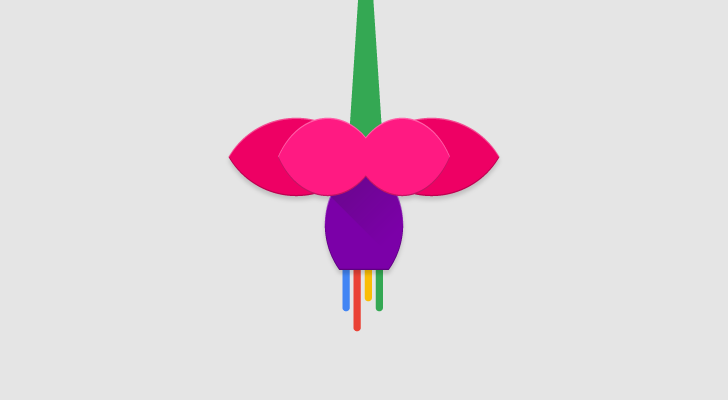latest
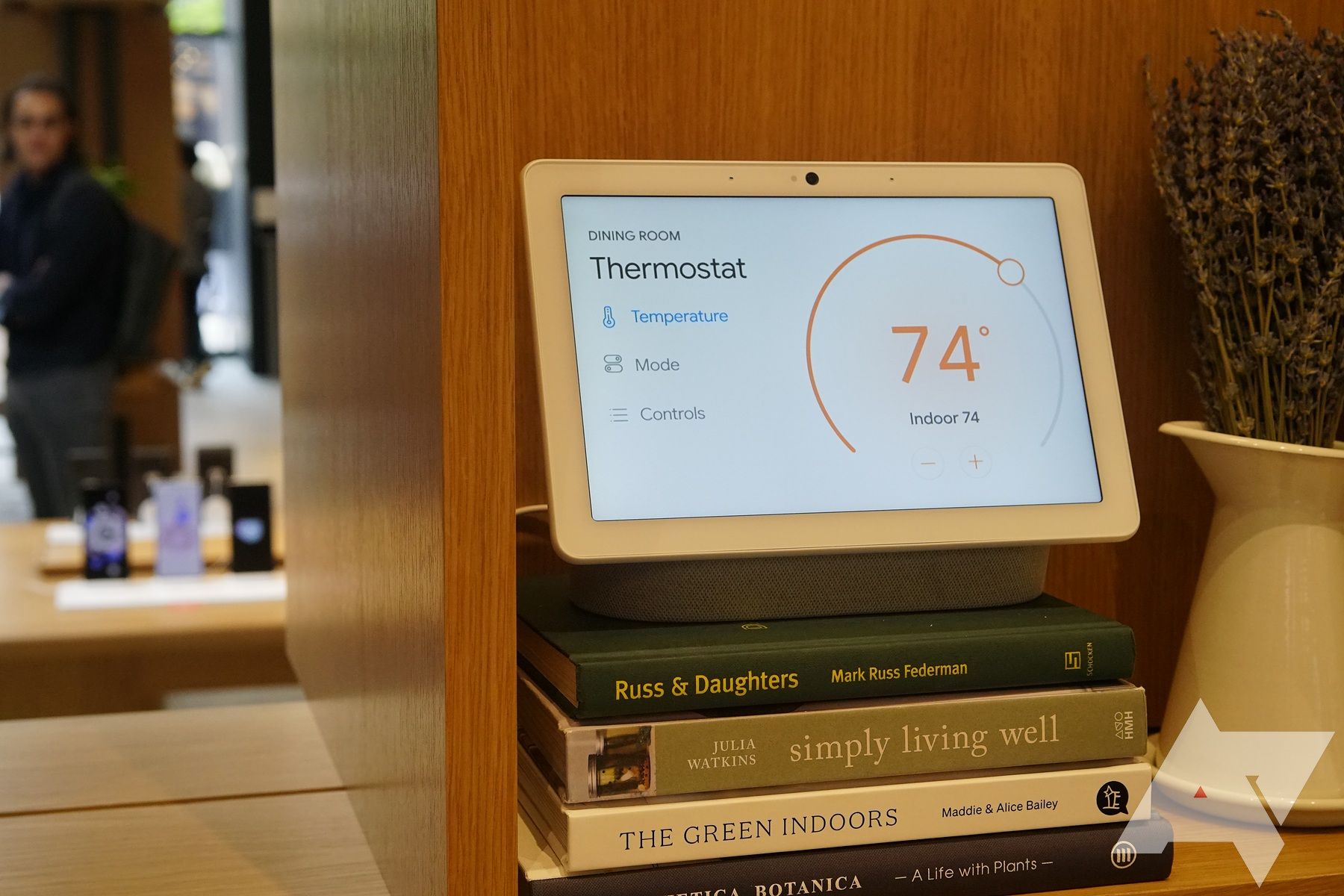
The Google Nest Hub Max just got a proper Bluetooth settings pane as part of its Fuchsia update
The Fuchsia update doesn't change much else, which is good
Google's Fuchsia operating system has remained elusive for a long time, but it finally made its debut on the first-gen Nest Hub last year. Granted, there was absolutely no fanfare about its launch and no immediately noticeable difference compared to the previous firmware. Even the UI remained identical. The operating system is now landing on the Nest Hub Max as part of Google's preview program, as revealed last week. It's largely a similar experience, except for one small thing — the Nest Hub Max now has a Bluetooth menu.
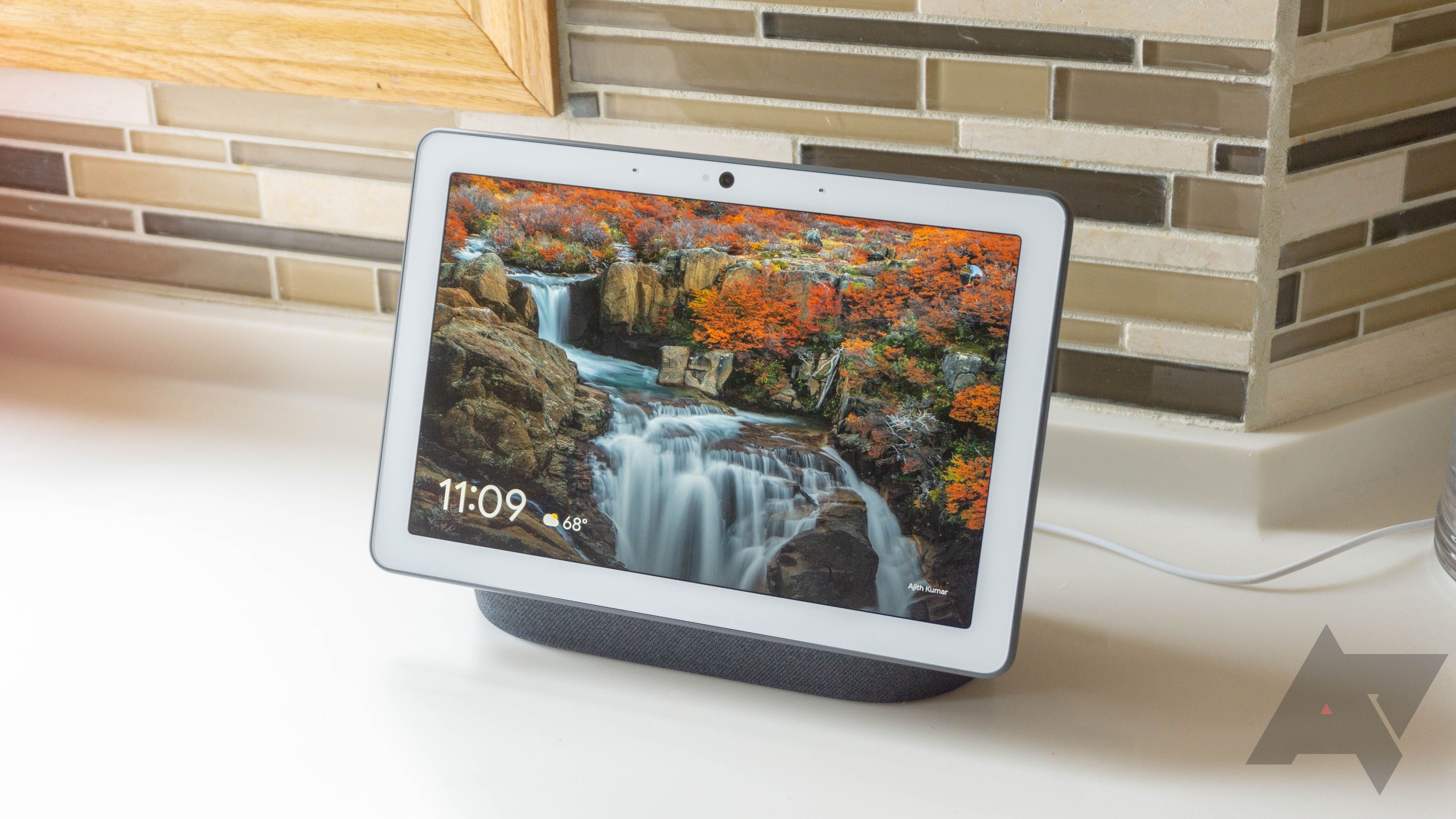
Google's Nest Hub Max gets Fuchsia update in Preview Program, here's how to opt in
It shouldn't look or feel any different, but there's an update to the new OS rolling out
We've suspected the Nest Hub Max was the next in line to get Google's nascent Fuchsia operating system since last year, and the wait is almost over. An update for Fuchsia is now rolling out as part of a small test for some of those registered in the Preview Program, who have opted in to test new software releases.
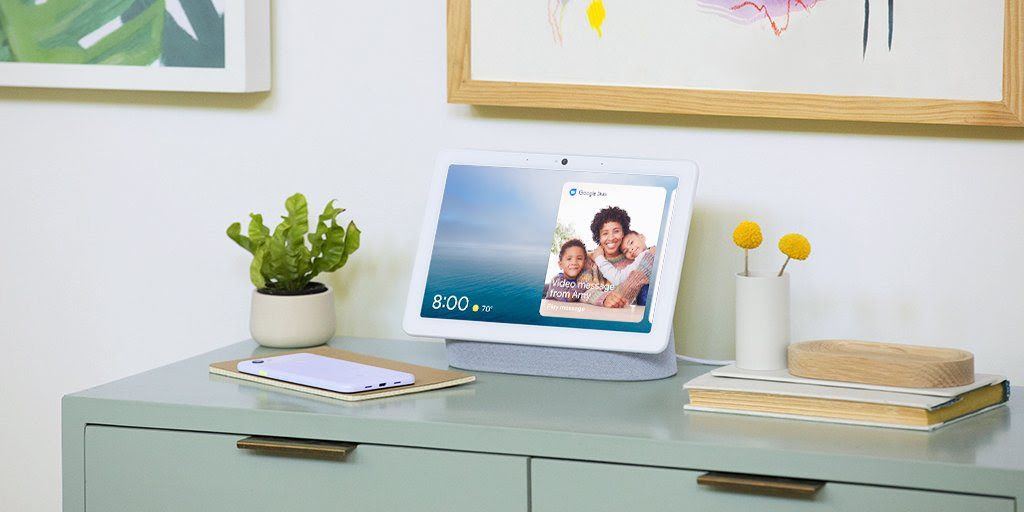
The Nest Hub Max could soon become the second Google smart display to run Fuchsia
The elusive OS is being internally tested on the device
When asked to name operating systems made by Google, most people are likely to stop after two — Android on smartphones and Chrome OS on laptops. But only a special kind of Google die-hard is going to remember about Fuchsia. The elusive operating system was once spoken about as an Android replacement of sorts, and after a lot of low-key deveopment, it finally landed on 1st-gen Nest Hub smart displays without a lot of fanfare. Now it's getting ready to head to more Google smart-home devices, starting with the Nest Hub Max.
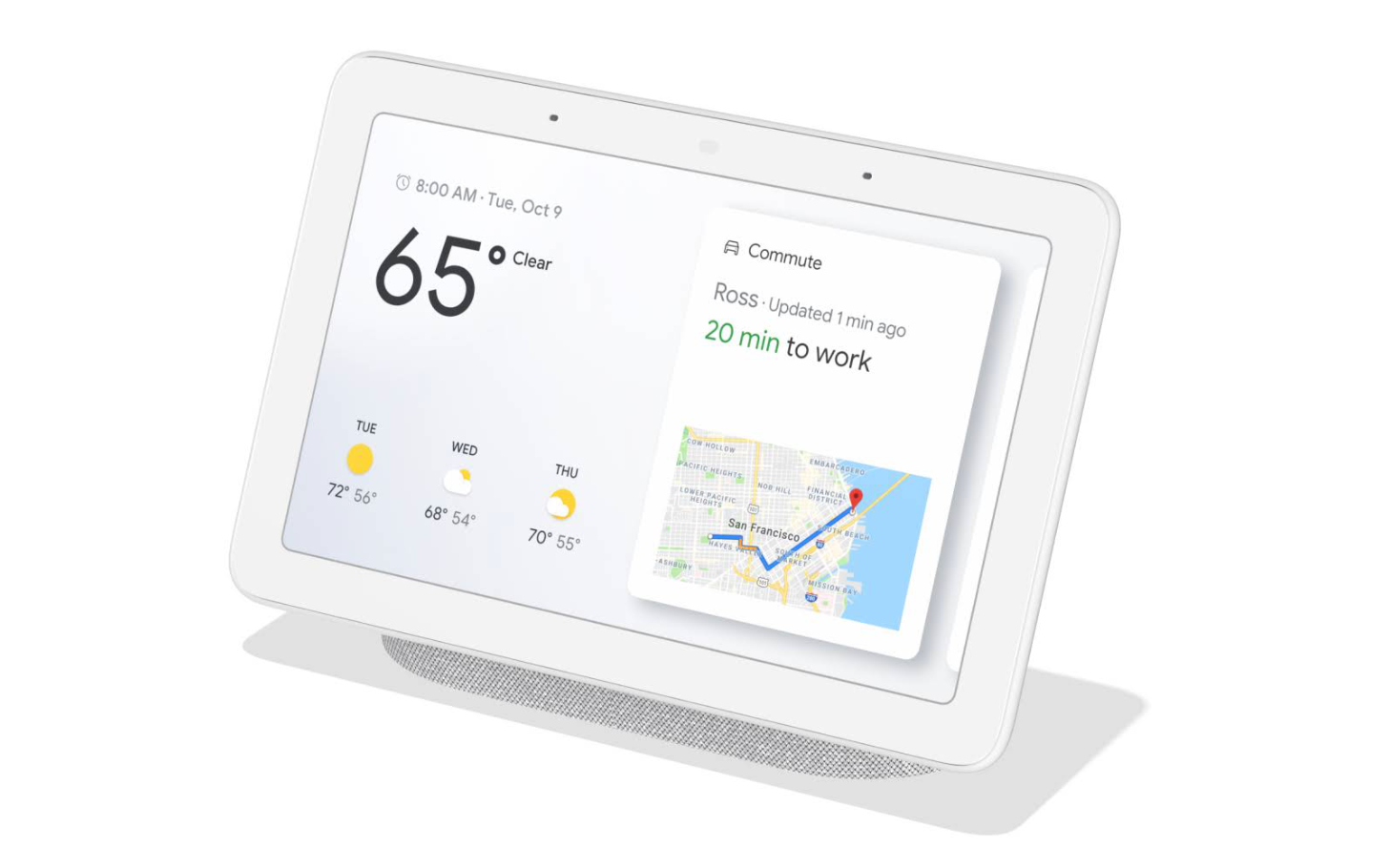
Your first-gen Nest Hub should now be getting its Fuchsia update
F̶o̶o̶s̶h̶y̶a̶ ̶O̶S̶ ̶F̶u̶c̶h̶y̶s̶a̶ ̶O̶S̶ ̶F̶u̶s̶h̶c̶i̶a̶ ̶O̶S̶ Fuchsia OS is finally ready for prime time
Read update
After being in development for years, Google's Fuchsia OS is finally ready to be used in a consumer product. Over the coming months, it will be rolled out to the first-gen Nest Hub. You needn't fret or get excited about the update since you'll barely be able to notice any difference when your device transitions to it.

Some Google Nest Hubs owners say 'what the fuchsia?' after colorful update
No, it's not supposed to be part of the Fuchsia OS update
The Google Nest Hub is a few years old at this point, but the smart display recently popped up in the news when it became the first consumer device to run Fuchsia OS. However, if your Nest Hub is using the fuchsia color a bit too generously, know that it's not a part of the update — it's a bug.
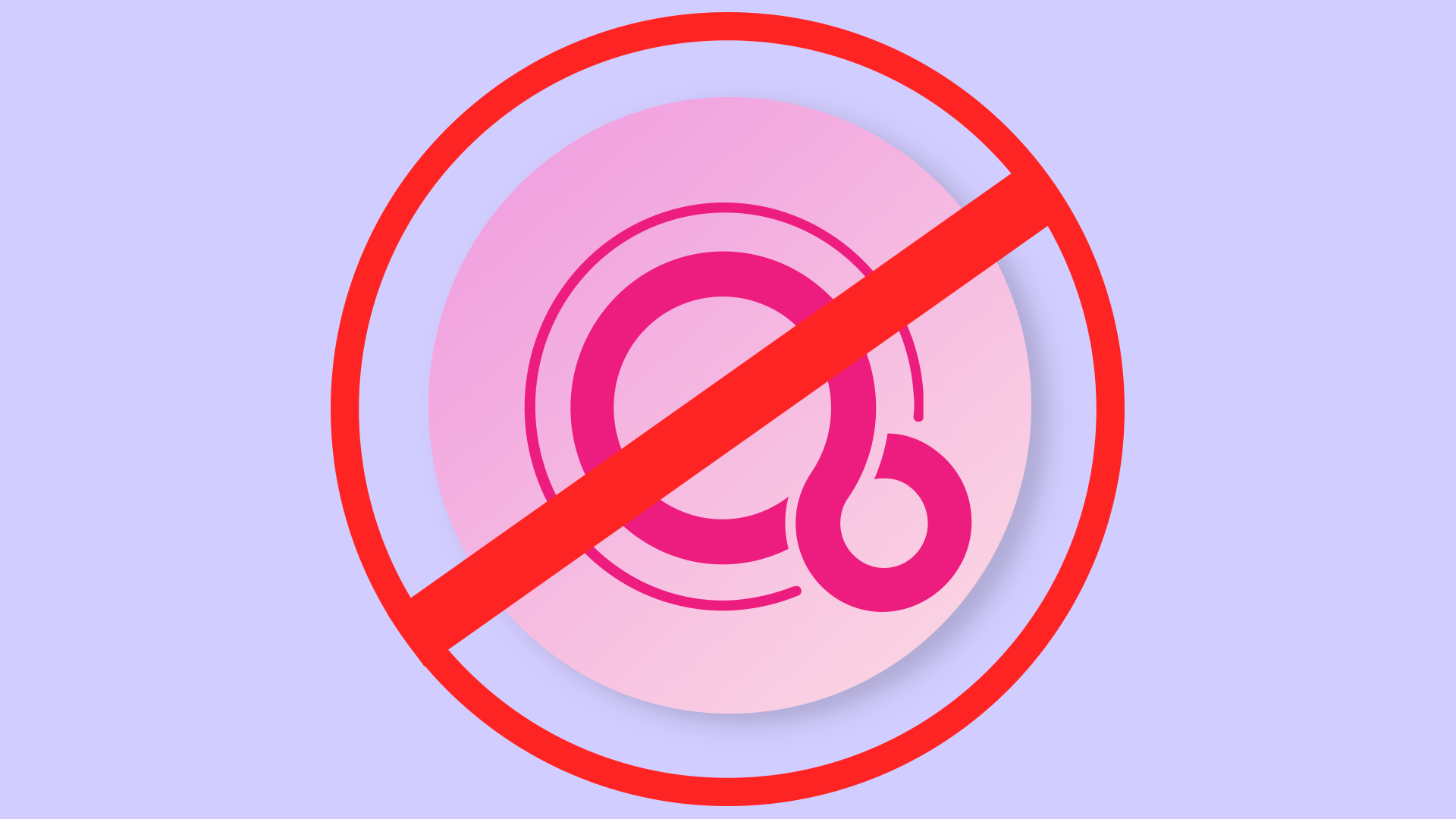
According to a recent trademark filing, Google's Fuchsia operating system is getting a new logo. Most of our readers probably wouldn't have recognized the old one (above) by itself, but the new replacement is a heavily stylized "f," for "Fuchsia," and honestly not great.
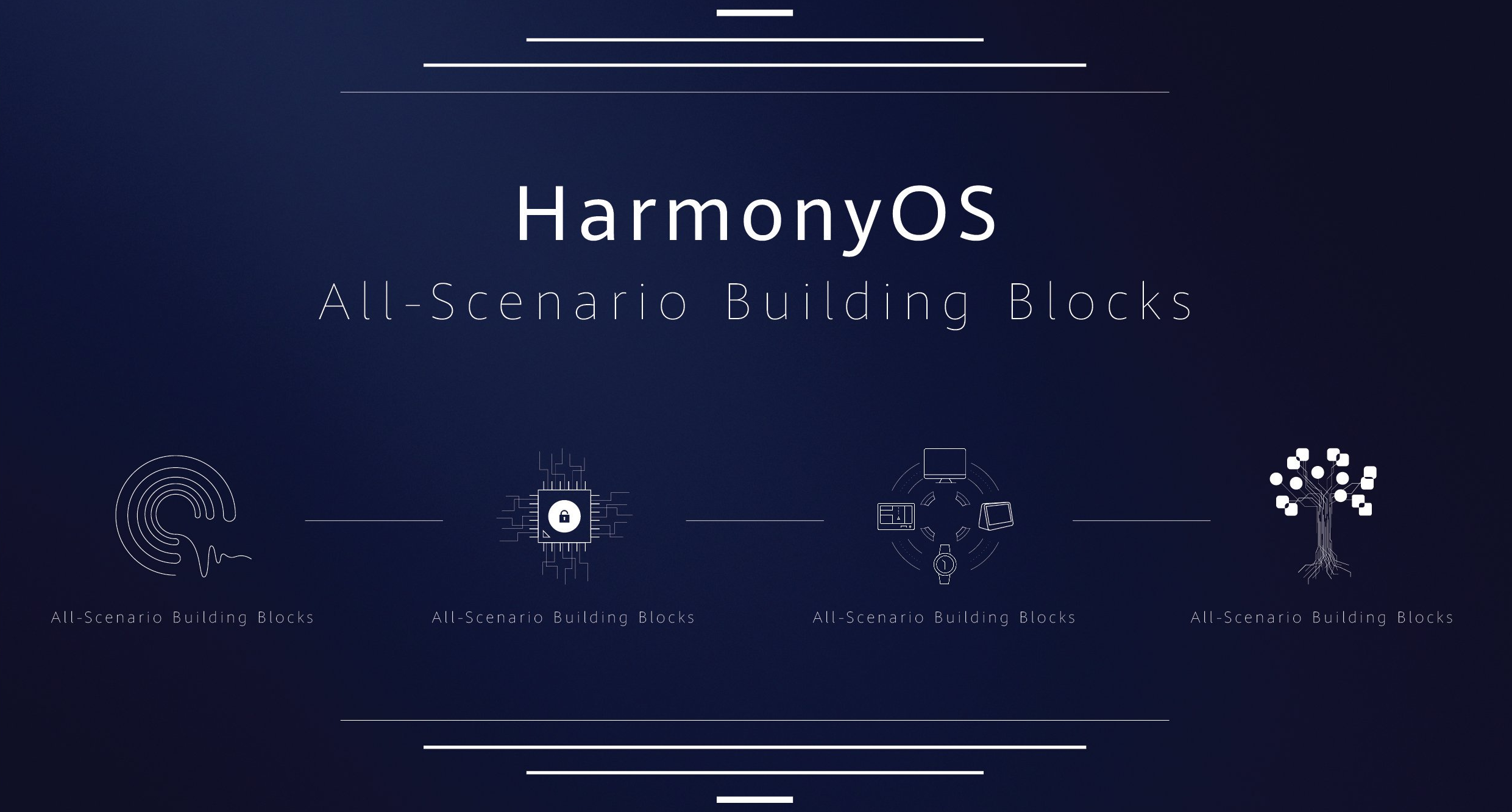
Huawei has been caught in the middle of the US-China trade disagreements, with the US restricting the company from accessing its market and incorporating American technology into its products, like Android. While the US administration decided to soften its tone towards the Chinese technology producer and allow it to work with US partners again, the company is still hanging in limbo. That's probably one reason among others why Huawei has been rushing to have a replacement ready. The company has announced its open-source HarmonyOS during its developer conference today. For now, it's mainly meant to run on devices other than smartphones.
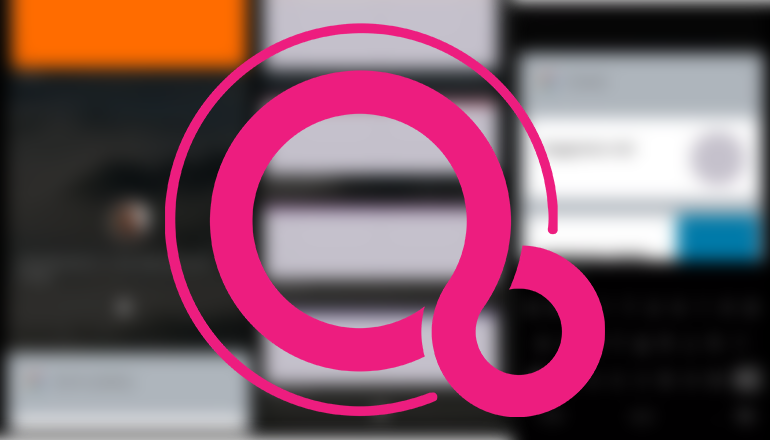
Google has been silently working on a new operating system called "Fuchsia" for years, with details, rumors, and wild speculation swirling through the blogosphere every time some new tidbit trickles out. Yesterday Google pushed up an official documentation site at fuchsia.dev, with instructions and details that can help developers play with the early operating system and its software. It appears to be the same info that was previously available at the Fuchsia Git, but with better formatting, and at a verifiably Google-owned domain (according to ICANN's WHOIS).

Google's in-development Fuchsia operating system has been slowly taking shape over the past three years. It appears to be designed for both mobile and desktop devices, with a real-time kernel and a unique interface. We already know languages like Google Dart and Apple's Swift will be supported by Fuchsia, but now it seems JavaScript might be joining the party.
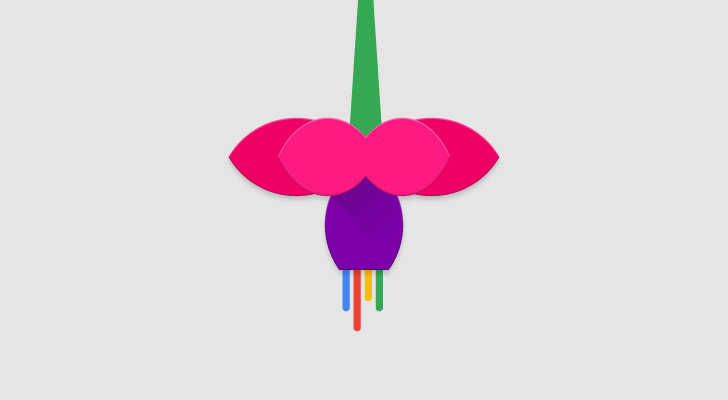
Read update
- Google told CNET in a statement that there is no concrete plan right now for replacing Android within the next five years.
It has been nearly two years since the first evidence of Google's 'Fuchsia' operating system surfaced. It uses the 'Zircon' real-time kernel in place of Linux, and is being designed to run on everything from embedded devices to laptops. There has been speculation for years that Fuchsia is a possible Android replacement, and a new report from Bloomberg seems to confirm that.
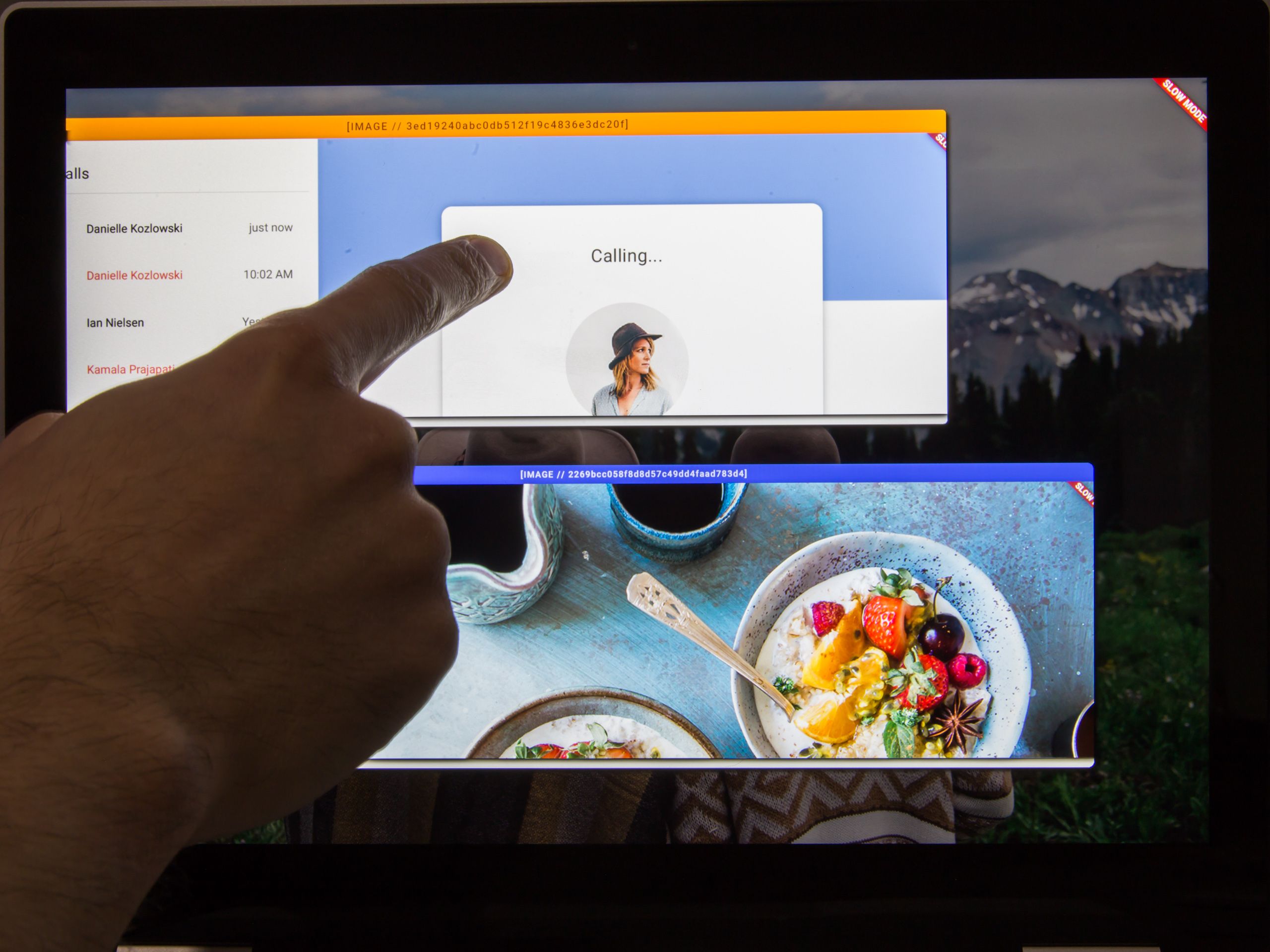
Fuchsia OS, Google's operating system that's neither Android nor Chrome OS, is gradually becoming more and more functional. The open-source OS which Google really doesn't want to talk about has recently added support for the Pixelbook as a test device, and now AP alumnus and Ars Technica editor Ron Amadeo has managed to get it working on one.
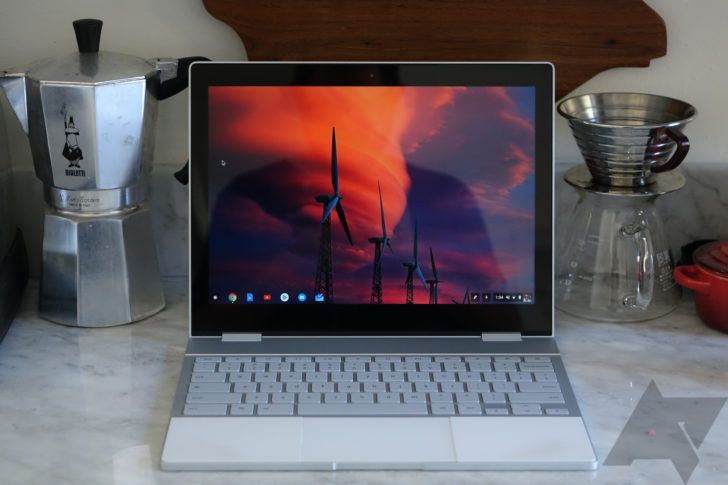
For over a year, Google has been developing an operating system named 'Fuchsia,' designed to run across a wide array of devices. The company hasn't said anything publicly about it, but it is entirely open-source, so development on the project has been transparent. Simply put, we can see what Google is working on, but we don't know what it will actually be used for.
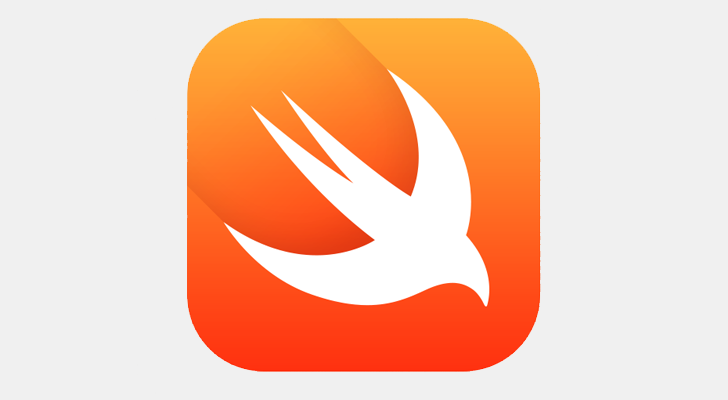
Google's in-development operating system, named 'Fuchsia,' first appeared over a year ago. It's quite different from Android and Chrome OS, as it runs on top of the real-time 'Zircon' kernel instead of Linux. According to recent code commits, Google is working on Fuchsia OS support for the Swift programming language.

People have been buzzing about Google's Fuchsia project, an open source operating system that popped up on GitHub a few months ago. Some have even speculated that Fuchsia could be a replacement for Android down the road. Someone brought this up at the Android Fireside Chat, and VP of engineering for Android Dave Burke replied by basically not talking about Fuchsia.
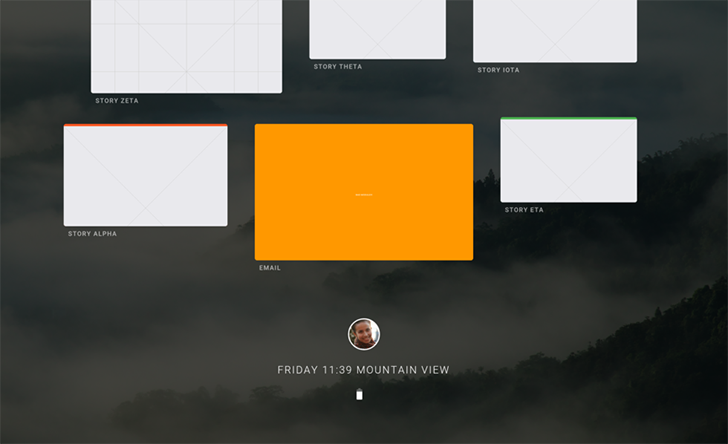
We first talked about Fuchsia, a new operating system being developed at Google, back in August (in fact, it was my first post here). At the time, there wasn't much to get excited about besides the potential - it only had a command-line interface. Now the project has a snazzy new, but clearly unfinished, interface.







